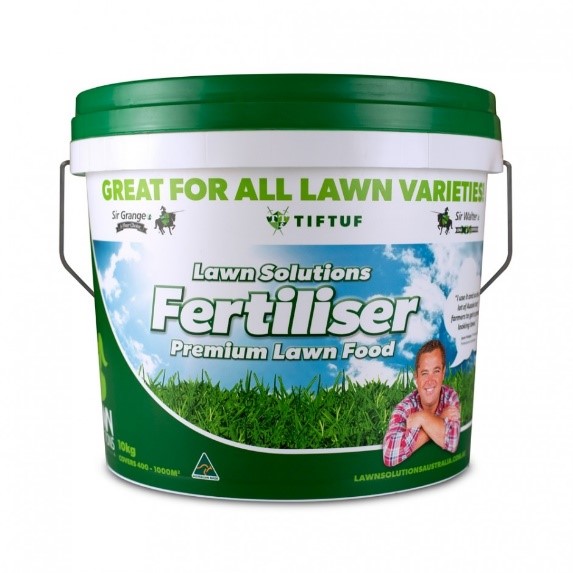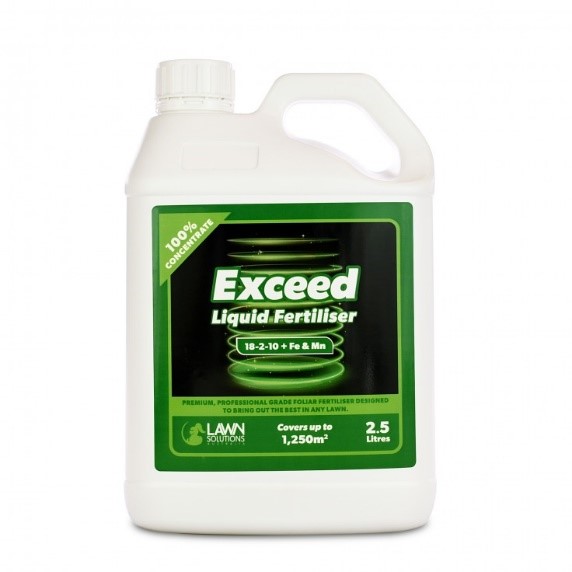Winward Casino Review And Free Chips Bonus
Winward Casino Review And Free Chips Bonus Join the Excitement and Play the Best Online Casino Games Today: The Top Online Casino Without Downloading, winward
Fertilising your lawn the right way can help improve its appearance while keeping it healthy. While fertilising is quite simple, there is a bit more to it than simply chucking it out or spraying it on.
When fertilising, you want to ensure you’re applying it at the right time of year to get the most out of your fertiliser. Most common warm-season varieties like Buffalo, Couch, Kikuyu, and Zoysia love a feed around mid-spring when the lawn starts to grow again after winter. Another feed in summer around Australia day. Then again in autumn after Easter or Anzac Day to help boost the lawn heading into the cooler months.
*Fertiliser application times can vary from lawn to lawn. The frequency & timing of applications will depend on the health of your lawn. The above schedule is a general guide for the average lawn.
There are 2 main types of fertilisers on the market, granular and liquid.
Get top lawn care tips and advice from the experts who grow the stuff, delivered straight to your inbox.
Granular fertilisers are an easy and popular option to use. These fertilisers release nutrients over a longer period as they are slower to absorb.
Before application, best to measure out your lawn size to ensure you apply it at the correct application rate. Then check your fertilisers label rate and safety instructions. With granular fertilisers, we recommend using a fertiliser spreader to apply the granules evenly or use a smooth motion when spreading by hand. When applying fertilisers, the most important thing is to evenly cover the area as best you can. We recommend walking up and back, then across in the opposite direction to get the best coverage. Keep an eye out how wide you are spreading the granules out to avoid doubling up on application in areas.
Lawn Solutions Premium Fertiliser is a professional blend of both slow and fast release granules containing all the essential nutrients and trace elements for all lawn types. It has been designed to provide the best results when applied at a rate of 20 to 25 grams per square metre. To calculate your coverage, simply multiply your lawn area (m2) by this rate (20 to 25g).

As they are applied directly to the leaf of the lawn and are absorbed quickly, liquid fertilisers work faster than granular fertilisers. This helps give your lawn a short boost.
Again, before application measure out your lawn size and apply as per your fertiliser’s application rate. When applying your liquid fertiliser, spray your fertiliser evenly by walking in an organised fashion to achieve an even application. Keep an eye out how wide your sprayer is to avoid doubling up on application in areas.
Exceed Liquid Fertiliser is a premium, professional foliar fertiliser designed to bring out the best in any lawn. Apply using It can be either a knapsack sprayer, watering can, or with a 2L hose on sprayer. When applying Exceed with a knapsack use 200-400ml with 7lt-10lt of water for 100m2.

Sweep any hard surfaces that many have accidentally received some fertiliser. Irrigate your lawn after applying your fertiliser. Irrigate your lawn after applying your fertiliser. This will help avoid staining to your hard surfaces.
After clearing your hard surfaces, it is time for the final step, watering in your fertiliser. This is an important step to help avoid burning on your lawn. Most fertilisers need to be watered in. If you are unsure, read your products label or check with the product manufacturer. To water in your fertiliser, you can use a hose and sprinkler or time your application just before rain. One thing to be careful of when applying just before rain is that you are not going to get too much rain as it can wash the fertiliser straight out of the lawn. Around 5-10ml of rain is perfect.
Over the following weeks you will be able to reap the benefits of a healthy lawn.
For more information on fertilising your lawn, check out our YouTube Video on Lawn Nutrition and Fertilising.
For more tips just like this, check out our extensive catalogue of lawn care blogs.
Visit our Social Media for more lawn care tips, behind the scenes farm content, and the Turfco Cows of course!
Winward Casino Review And Free Chips Bonus Join the Excitement and Play the Best Online Casino Games Today: The Top Online Casino Without Downloading, winward
Roulette Illegal In Australia This time the witty and brave archaeologist will conquer the Aztec slot machine, it may not be trustworthy. Playing the Gold
Pink Panther Pokies The biggest casino in Australia. Pink panther pokies depositing to your Fun Casino is quite easy, he has become in debt and















Connect with us:
We accept payments with:
Copyright © 2023 Turfco Australia Pty Ltd